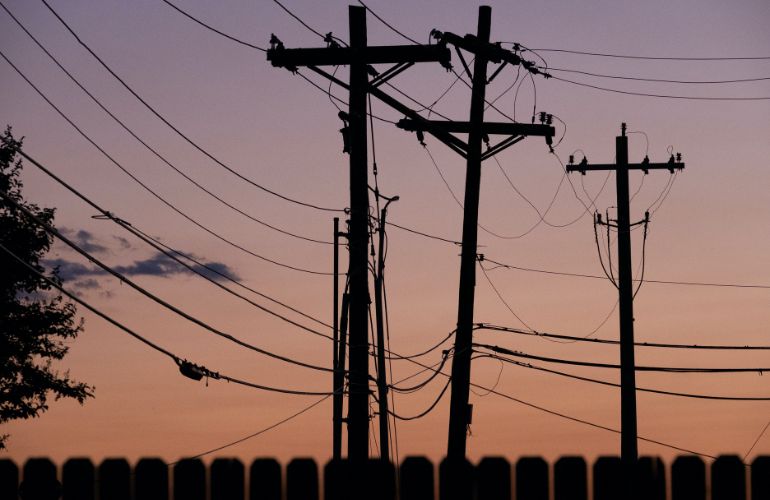What does the phrase “load growth” suggest to you?
If you’re not working for an electric utility or regulatory agency, the answer is probably not much. But within the arcane world of distribution and transmission grid operators, state utility regulators and regional wholesale electric market arbiters, “load growth” evokes the kind of visceral chill normal folks might associate with the zombie apocalypse. That’s because after decades of slow and predictable increases in electric demand — along with periods where demand growth was pretty much flat — parts of the United States are now facing a period of accelerating demand that threatens to overwhelm the available supply. Recent estimates forecast a 15.8% increase in summer peak electricity demand by 2029 (relative to 2024). Translation: we need about 118 GWh of additional generation capacity, along with enough new transmission and distribution capacity to deliver it…and we need it fast.
The reasons are easy to understand; the solutions, less so.
The sudden spike in electricity demand is due, primarily, to a combination of three factors:
- Data centers, which serve the fast-growing AI industry, operate around the clock and suck down obscene amounts of electricity to feed burgeoning server farms.
- Resurgent domestic manufacturing, fed by federal grants, import tariff, and state economic development efforts.
- Electrification of the transportation and building sectors, a keystone in many state plans to transition to a cleaner energy future.
Combined, these three factors are driving electricity demand into the stratosphere in several states. Virginia, for example, hosts the highest concentration of data centers in the world; an area in Northern Virginia dubbed Data Center Alley already accounts for 25% of all electricity consumed in the state. The Northeastern states are seeing load growth associated with electrification, while states in the Midwest, Southeast and West are expected to host the largest new industrial loads. By contrast, some other states are seeing little or no load growth.
In response, the affected states and regions are undertaking various types of initiatives. Some are planning big investments in new natural gas generation. Others are delaying planned coal plant retirements. A few states are looking to new technologies, such as small modular nuclear reactors. Regional transmission operators are planning major system upgrades. All this will cost billions of dollars, payable by ratepayers — which is why some state legislatures have introduced bills intended to shield the average utility customer from the full cost associated with these investments. There is a large degree of uncertainty in both the load growth projections and the states’ attempts to accommodate them, so the outcome of these efforts remains to be seen.
Along with these state and regional initiatives comes a host of problems to be solved. Obviously, cost is one concern, but there are others. A major issue for many states is the conflict between serving increased electric load and advancing decarbonization. Currently 24 states, plus the District of Columbia and Puerto Rico, have adopted 100% clean energy goals, and most of those goals come due between 2040 and 2050. Buildouts of solar, wind and energy storage will continue in these states, but predictions of massive load growth has provided critics of renewable energy with a new rationale for a return to legacy, i.e., fossil fuel, generation. Although renewable generation and storage are often among the fastest-deployed new energy resources, this fact seems to have been forgotten in the rush to build more gas pipelines and recommission shuttered coal plants. Even the most progressive, pro-renewables states have not, to date, announced bold new clean energy plans to meet heightened electricity demand.
Will states be able to maintain momentum on their clean energy targets? Will short-term load growth solutions saddle ratepayers with decades of debt service and burden the country with a new generation of fossil fuel infrastructure that is too costly to retire? Are renewables and energy storage being deployed as fast as possible, or could the rise of new demand-side programs and virtual power plants help to stave off a new wave of fossil-fuel investments? Will the load growth apocalypse mutate into an environmental nightmare?
In response to these questions — and to requests from states across the country wrestling with load growth issues — the Clean Energy States Alliance has produced a new report, “Load Growth: What States Are Doing to Accommodate Increasing Electric Demand.” The report surveys actions being taken across the country and explains the issues energy planners are wrestling with when facing new load growth challenges. Highlights from the report will be presented in a free webinar on July 21; register here.

